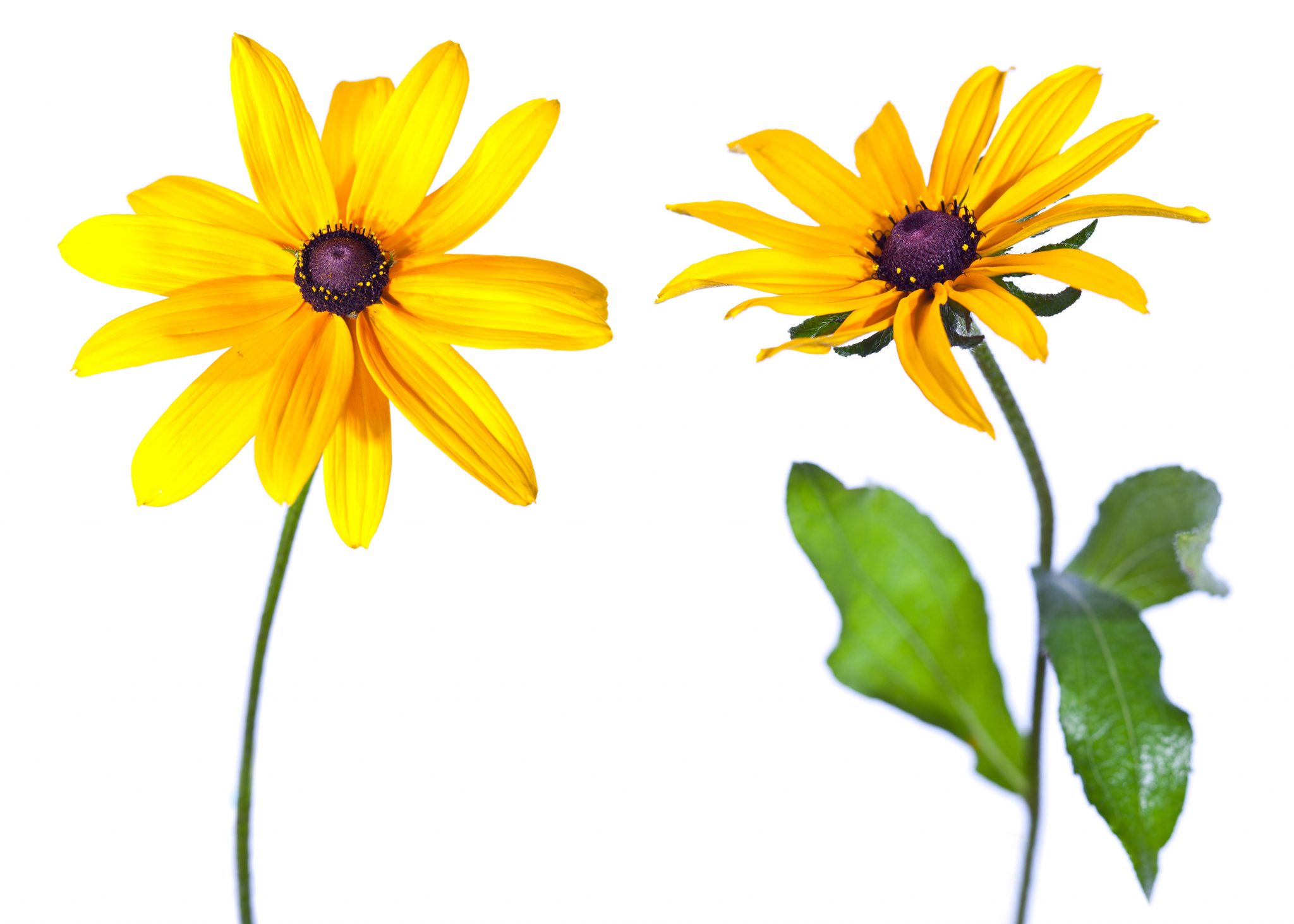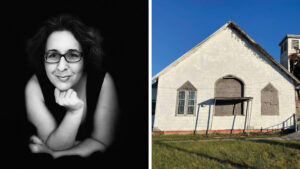Native plants are easy to grow and good for the ecosystem.
In recent years, gardening with native plants — plants indigenous to the region in which they originated — has become all the rage.
Maryland’s natives include a wide variety of trees, shrubs, perennials, vines and grasses first planted by the Europeans who settled here in the early 1600s. Maryland has three physiographic regions — coastal, piedmont and mountain. Those of us in the Baltimore metropolitan area need only concern ourselves with native plants that grow in the coastal region, which lies to the east of I-95 and the Piedmont region to the west of I-95 and extending to Frederick.
The benefits of cultivating native plants are many — both practical and environmental. Native plants are easy to grow since they naturally adapt to local soils, weather conditions and temperature extremes. Once established, they require little to no fertilizer and water and only minimal maintenance.
Natives tend to be more disease- and insect-resistant than non-native plants. They support local pollinators by providing a food source and habitat for birds, butterflies and bees. Since plants and animals are interdependent, native plants help to preserve our state’s ecology and biodiversity.
Planting natives on slopes, along rivers, streams and drainage ditches prevents erosion and improves water quality. Perhaps most importantly, native plants and long-living trees like oaks and maples help prevent climate change by effectively storing greenhouse gas CO2.
To select native plants, first determine the growth conditions in your garden. Ask yourself if:
- Your garden gets full sunlight or full shade?
- The soil is dry, moist or wet?
- What is the soil’s pH? Is it acidic (pH 4.5), neutral (pH 6.2.-7) or alkaline (pH over 7.0)?
- What type of soil do you have? Organic with a high degree of decayed leaves and bark; clay or fine textured clay that contains some silt; loamy or medium textured with a mix of silt, sand and clay?
Identify how you’d like your garden to look. Do you prefer:
- Plants that grow vertically or plants that spread horizontally?
- Plants that bloom early in the spring or during the summer or fall?
- Flowering or leafy plants or plants with berries?
When purchasing native plants, gardeners should know the difference between straight species and nativars. Nativars have been deliberately altered or cultivated to create particular characteristics deemed desirable by some gardeners. Consumers can recognize nativars because their names are slightly different from the unaltered species.
For example, the nativar version of the native red maple selected for brilliant orange-red color in the fall is sold under the name “Autumn Radiance.” Purists prefer using straight species because they contend that the DNA in nativars has been altered and has negative consequences for the environment. Those who prefer nativars argue that the altered plants still have the benefits of natives but provide more options in terms of size and color.
A gardener’s landscape choices can have a meaningful impact on the health and sustainability of the environment. Using native plants in your garden will help to nurture and protect the living landscape.
For information and suggestions of native plant choices, refer to the U.S. Fish and Wildlife Service’s booklet, “Native Plants for Wildlife Habitat and Conservation Landscaping, Chesapeake Bay Watershed.”
Rebecca Brown began her career as a horticulturist more than 25 years ago and studied at the New York Botanical Gardens. She has been a University of Maryland Extension Baltimore County master gardener for four years and is a backyard beekeeper.
Norman Cohen is a retired chemist. He has been gardening for 39 years and has been a University of Maryland Extension Baltimore County master gardener for 10 years. Cohen also provides gardening education to the public at local farmers markets.





